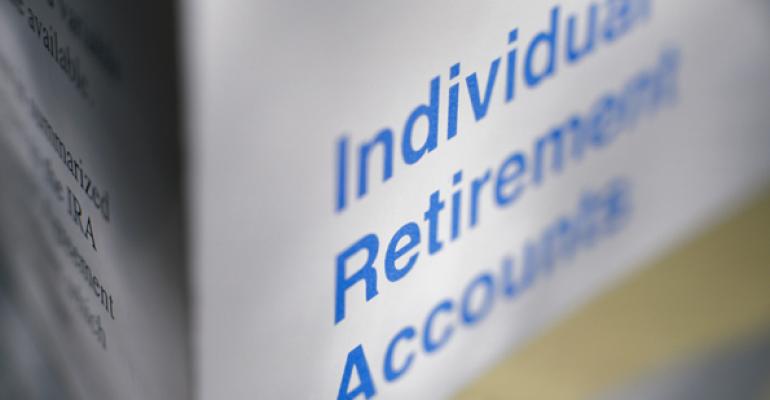As defined contribution plans continue to morph into defined benefit replacement options, the question of retirement income or what people should do when they separate from employment is becoming more important. Though the accepted wisdom is an IRA rollover driven by Super Bowl ads, which along with cars, beer and pizza, are the most popular, the question is whether they are the best option or, are they in investors’ best interest?
This question was at the heart of the Obama administration’s fiduciary rule claiming that tens of billions of dollars are squandered through IRAs and is still top of mind with the Biden administration’s PTE 2020-02 which makes the recommendation of rolling over into an IRA a fiduciary act even if it is the first interaction. Two-thirds of states have enacted a fiduciary rule, the DOL is reportedly considering a tougher measure aimed at IRAs and annuities while the SEC warned about them in a recent bulletin.
Meanwhile, ERISA plan participants have added protection with fiduciary oversight of investments and the advisor or advice, which they are obligated to vet and monitor.
The argument for rollovers has been greater choice and flexibility while gaining access to personal advice. Through behavioral finance, we have learned that too much choice is overwhelming and only a small percentage of departing workers are attractive to wealth advisors.
Cerulli research shows that DC net outflows began in earnest in 2018 with about $100 billion exiting in 2020 and 2021, even though 73% of assets stayed in plan compared to just 22% rolling over. There will be an estimated $16.1 trillion in IRAs in 2027, according to Cerulli, up from $13.9 trillion while DC and other types of retirement plans will remain flat.
The case to keep assets in plan and, even better, consolidate all accounts, is becoming more compelling and easier to do thanks to new initiatives like the Portability Services Network, Meet Beagle and §303 of SECURE 2.0 requiring the DOL to create a lost and found database by 2025.
According to Vanguard, more assets are staying in the plan especially if there are attractive options like retirement income solutions and periodic payouts. With greater administrative and tracking by third parties, more plan sponsors are open to allowing retiring employees to retain assets in the plan as their overall fees would be lower, a hedge against litigation.
Very few employers would mind if incoming employees rolled old plan and IRA assets into the new plan with new services to help like Meet Beagle that could be used as a recruiting and retention tool.
The Portability Services Network, a data exchange consortium of major providers including Fidelity, Vanguard, Alight and Empower led by the Retirement Clearing House, is currently focused on enabling plan-to-plan low balance account transfers, which could eventually be used to create a “universal” DC plan with workers carrying over their deferral rate, not just assets, into their new job. What about an easy button that offers: “Contribute 10% of your pay increase to your retirement plan.”
Not only is there more advice and advisors available in DC plans for a fraction of the personalized option, the investment costs can be significantly lower especially in larger plans but even with smaller entities where CITs and index-driven investment options are becoming the norm. Integrating outside assets into a comprehensive financial plan that includes all assets for the high net worth and mass affluent has become easier through services like Pontera, which allows advisors to view rebalance DC assets with limited cybersecurity risk.
Finding old DC plan assets, while difficult, is infinitely easier than finding old IRAs with the top 10 DC record keepers holding 90% of the 110 million DC accounts while every bank, broker/dealer and many advisors have their own platforms. And is it really in the best interest of workers to roll into proprietary assets of the record keeper?
People change jobs an average of 12 times in their careers and, through technology and teleworking options, more people are working longer not just because they must but because they want to. Enabling workers to consolidate their disparate accounts into their new plan is a tangible financial wellness tool that could literally help 95% of workers while providing retirement income solutions to retirees preyed upon by annuity salespeople. Think about it – would any DB participant roll into an IRA?
Like buying a new car, eating more pizza and drinking more beer, it’s time to rethink the wisdom of IRA rollovers if we care about the financial health and well-being of American workers and retirees.
Fred Barstein is founder and CEO of TRAU, TPSU and 401kTV.




